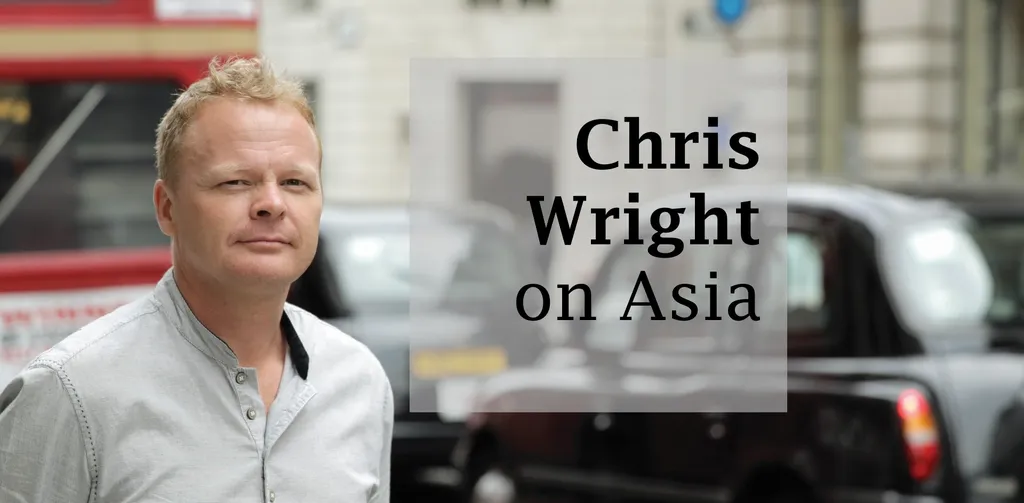Whenever Singapore’s GIC sovereign wealth fund reports its annual numbers, the first place we turn is the portfolio asset mix. Sovereign funds, in the main, move at a tectonic pace, so the year-on-year shifts are rarely dramatic. But viewed over a decent time horizon, they’re like rings in the trunk of a tree: each one identifiable as of a particular age and time.
Let’s compare this year’s report, expressing the position on March 31 2023, with the report for 2017.
Access intelligence that drives action
To unlock this research, enter your email to log in or enquire about access




